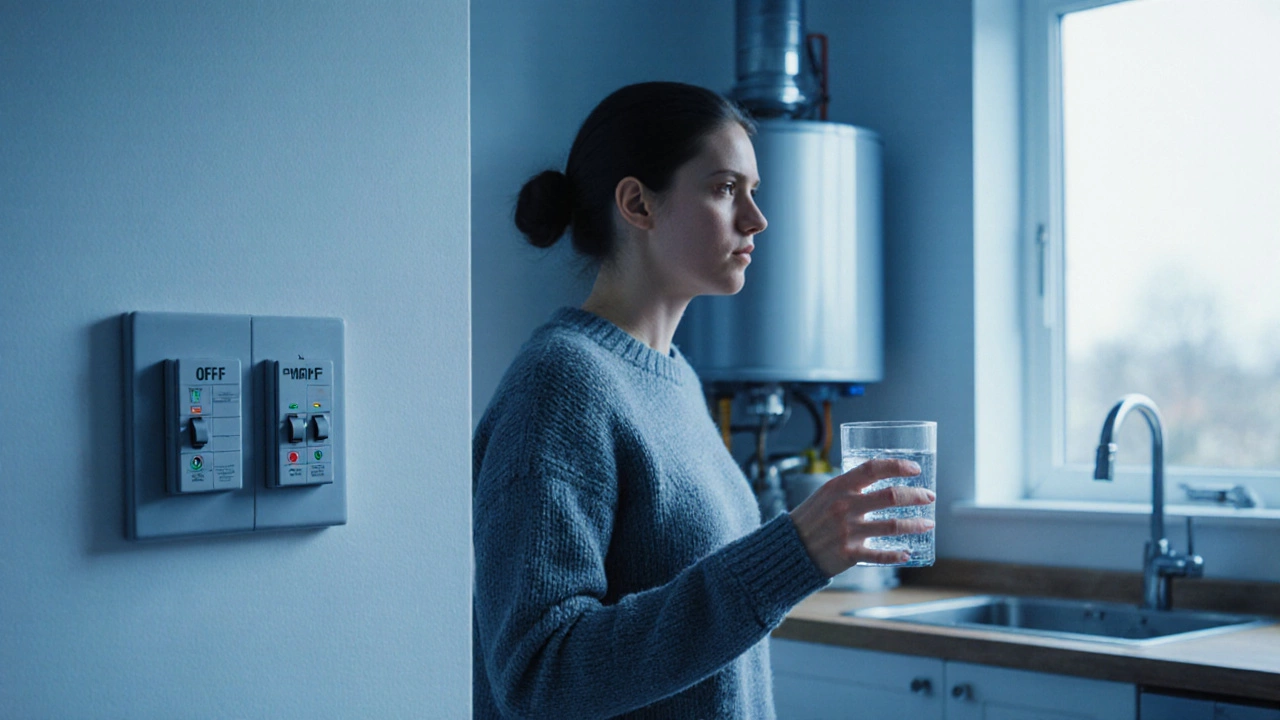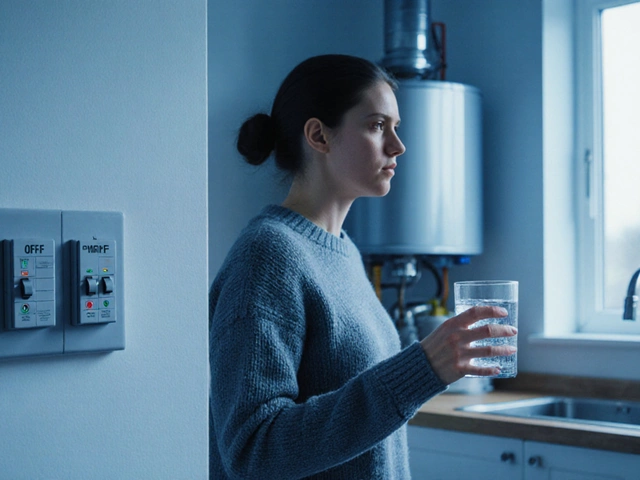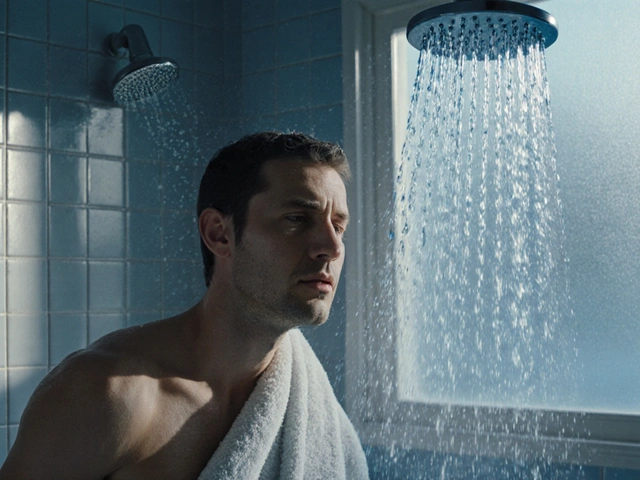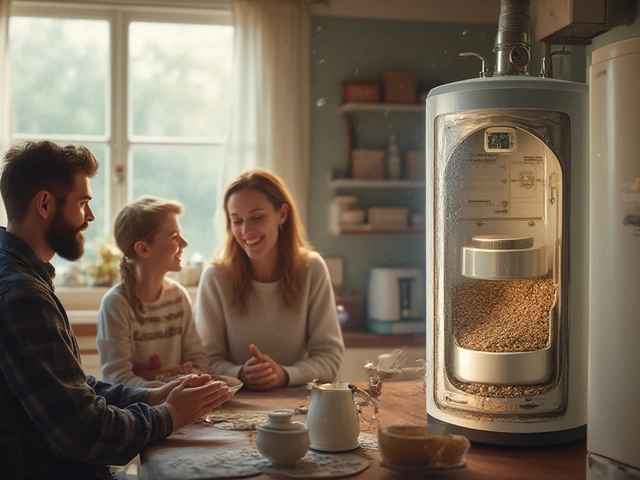When your water heater not working situation hits, the whole house feels the chill. Before you call a plumber, you can walk through a few simple checks and fixes that often solve the problem on the spot.
Quick Takeaways
- Turn off power or gas before any inspection.
- Check the Thermostat the temperature controller inside the heater for correct settings.
- Look for a lit Pilot Light the small flame that ignites the gas burner on gas models.
- Test the Heating Element the electric coil that heats water with a multimeter.
- If anything feels unsafe or you hit a dead‑end, call a qualified technician.
Why Your Water Heater Might Fail
Most residential water heaters fall into two categories: electric and gas. Their failures share a few common themes-power loss, component wear, and safety device trips.
Typical culprits include:
- Tripped Circuit Breaker the electrical safety switch in your fuse box (electric models).
- Closed Gas Valve the valve that supplies gas to the burner or a dead pilot (gas models).
- Failed Thermostat that can’t signal the heater to turn on.
- Corroded Pressure Relief Valve the safety valve that releases excess pressure, causing the system to shut down.
- Blocked Dip Tube the plastic pipe that directs cold water to the tank bottom, leading to lukewarm water.
Safety First
Any time you work on a water heater, make safety your top priority. Follow these two rules:
- Turn off the energy source. For electric units, switch off the dedicated breaker. For gas units, shut the gas supply knob and wait a minute before lighting anything.
- Ventilation matters. If you suspect gas leaks, open windows and step outside. Do not attempt repairs in a closed space.
When in doubt, pause and call a professional.
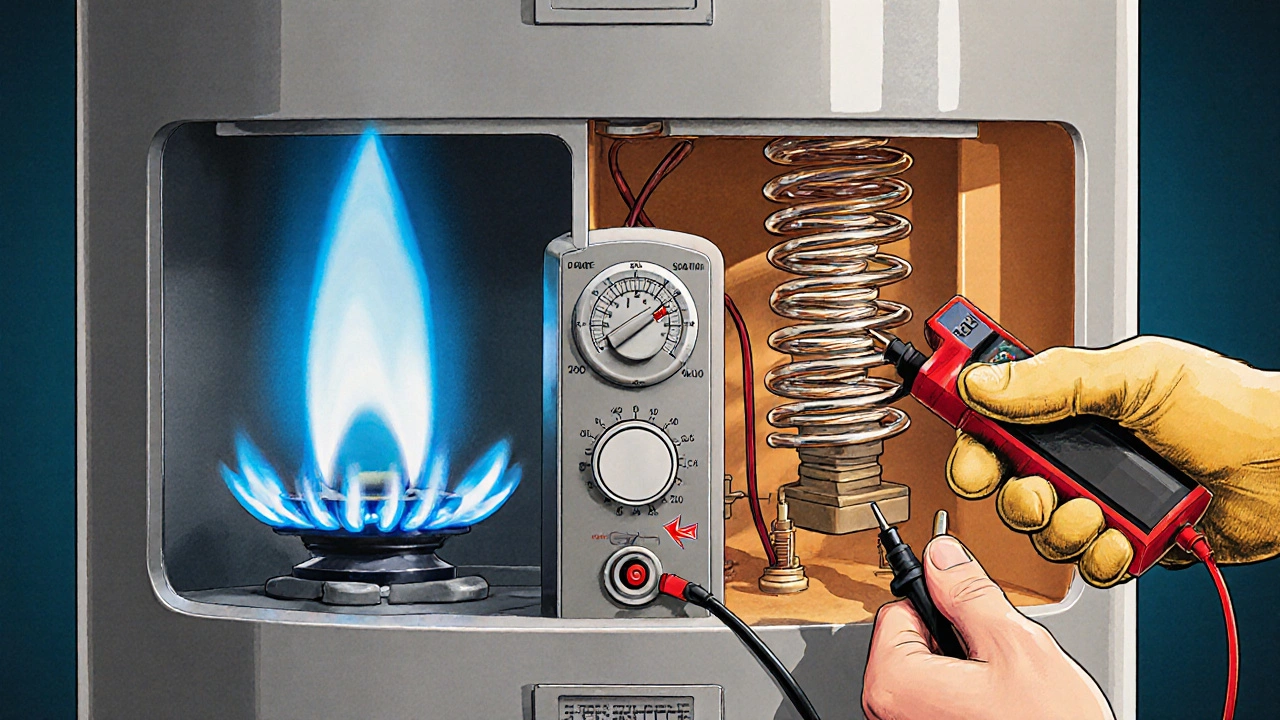
Step‑by‑Step Troubleshooting
- Confirm the power or gas is on. Open the breaker panel and ensure the switch for the water heater is flipped up. For gas, verify the valve is open (parallel line).
- Check the thermostat setting. Most heaters default to 120°F (49°C). If it’s set too low, raise it a few degrees and listen for the heating element or burner engage.
- Inspect the pilot light (gas only). Remove the access panel, look for a steady blue flame. If it’s out, follow the manufacturer’s relighting instructions-usually a reset button and a few seconds of gas flow.
- Test the heating element (electric only). With power off, disconnect the two wires from the element, set a multimeter to the ohms setting, and measure resistance. A healthy element reads between 10-30Ω. Anything outside that range means the element is toast.
- Look at the pressure relief valve. Carefully lift the test lever; a small rush of water should escape. If there’s no flow or water leaks continuously, the valve may need replacement.
- Examine the dip tube. Drain a few gallons from the tank, then look inside the cold‑water inlet for a broken or deteriorated tube. A damaged dip tube often causes cloudy water and lukewarm showers.
DIY Fixes You Can Try
Replacing a Faulty Heating Element
For electric heaters, the element is usually a rectangular coil with two screws. After turning off the breaker:
- Remove the access panel.
- Disconnect the wires (note their placement).
- Unscrew the element and pull it out.
- Insert the new element, re‑tighten screws, reconnect wires, and restore power.
Most stores sell a universal element rated for 4500W; match the voltage (240V in the UK).
Adjusting or Replacing the Thermostat
The thermostat sits behind a small cover on the side of the tank. Use a screwdriver to remove the cover, then:
- Rotate the dial to a higher temperature and listen for the element or burner kick‑in.
- If there’s no response, the thermostat may be dead. Swap it with a new one of the same amperage rating (typically 30A).
Relighting a Pilot Light
Gas heaters have a small knob labeled “Pilot.” Turn it to “Off," wait 5seconds, then press and hold it while you use a match or built‑in lighter to ignite the pilot. Once lit, keep the button pressed for about 30seconds, then release.
Clearing a Stuck Pressure Relief Valve
If the valve drips constantly, it may be blocked. With the gas or electricity off, lift the test lever. If water sputters weakly, clean any mineral buildup with a thin wire or replace the valve (they’re inexpensive).
Fixing a Broken Dip Tube
Replace the dip tube by draining the tank completely (turn off the water supply, open a hot‑water tap, and use a garden hose to empty). Unscrew the cold‑water inlet, pull out the old tube, insert a new one (often sold as “universal dip tube”), and re‑assemble.
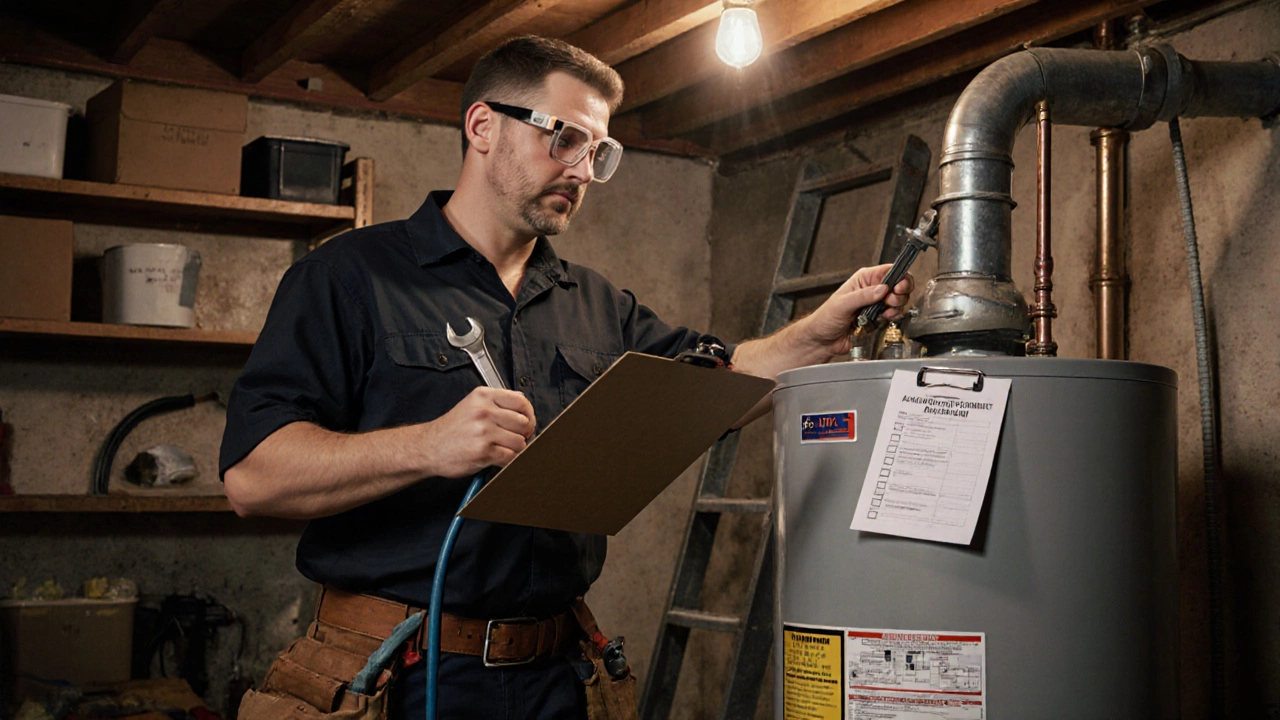
When to Call a Professional
Even if you love DIY, some signs mean you should hand the job over:
- Repeated trips of the circuit breaker despite a new element.
- Persistent gas odor or failure to relight the pilot after multiple attempts.
- Corrosion or rust visible on the tank walls (the whole unit may need replacement).
- Water leaking from the bottom, indicating a failed tank seal.
- Any work that requires opening the gas line or dealing with high‑voltage connections.
Professional technicians have the tools to test gas pressure, flush sediment, and certify safe operation.
Preventive Maintenance Checklist
- Test the thermostat and pressure relief valve every 6months.
- Flush the tank annually to remove sediment that can scorch the element.
- Inspect the anode rod (for tank heaters) and replace if it’s <50% depleted.
- Seal any exposed pipe joints with pipe‑wrap tape to prevent leaks.
- Verify the insulation blanket is snug and intact for energy efficiency.
| Symptom | Possible Cause | Suggested Action |
|---|---|---|
| No hot water | Tripped circuit breaker or closed gas valve | Reset breaker; open gas valve and check pilot |
| Water is lukewarm | Faulty thermostat or broken dip tube | Raise thermostat setting; inspect dip tube |
| Strange noises (popping, rumbling) | Sediment buildup inside tank | Flush the tank; consider professional descaling |
| Water leaks from top | Loose temperature‑pressure (T‑P) relief valve | Secure valve; replace if leaking continuously |
| Water smells metallic | Corroded anode rod or rusted tank | Check and replace anode rod; replace tank if needed |
Frequently Asked Questions
Why does my water heater keep tripping the breaker?
A repeated breaker trip usually means the heating element is drawing too much current, often because it’s covered in mineral scale or has burned out. Turn off power, test the element’s resistance, and replace it if the reading is out of the 10‑30Ω range.
Can I use a standard screwdriver to tighten the thermostat?
Yes, most thermostats are secured with a simple screw head. Just be careful not to overtighten, as the plastic housing can crack.
How often should I flush my water heater?
A yearly flush is ideal, especially in areas with hard water. It removes sediment that can cause overheating and reduce efficiency.
Is it safe to replace the pressure relief valve myself?
Yes, as long as you turn off the gas or electricity first and follow the manufacturer’s instructions. The valve is a standard part and usually costs a few pounds.
What does a clicking sound from a gas water heater mean?
A rapid click often indicates the gas safety valve is trying to ignite but fails because the pilot is out or the thermocouple is dirty. Clean the thermocouple and relight the pilot; if it keeps clicking, call a professional.

